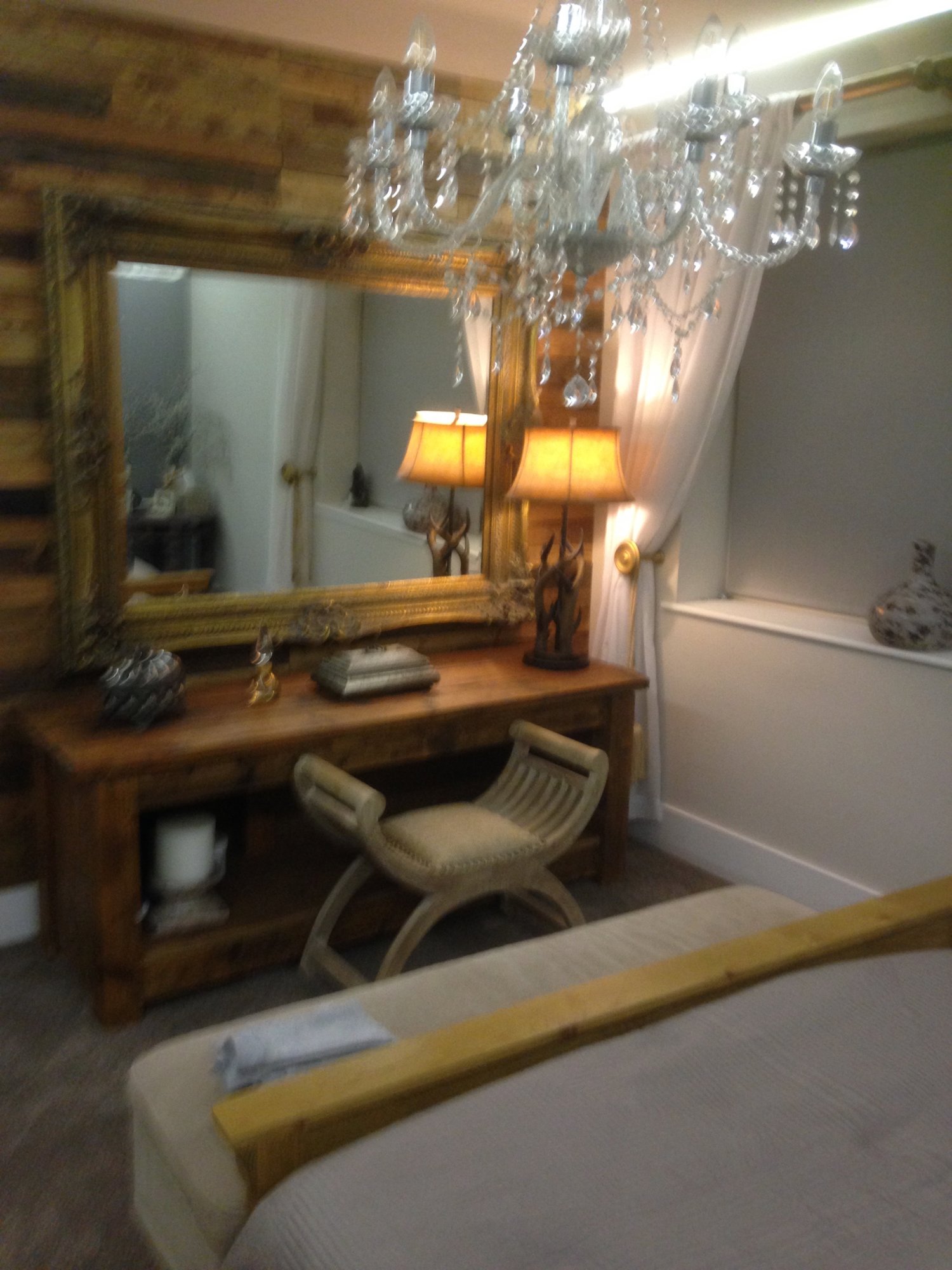Hey guys.
My partner moved into a new build apartment a while ago.
She's asked me to do "something in the lounge where there is a 8m stretch of wall. The height is the standard 2.4m.
I've decided to use reclaimed pallet wood to clad a 2.6m wide by 2.4 meter high area in the middle of the wall.
My plan is to use 5 x 65x40mm batons (floor to ceiling, 65 side flush to wall) to mount the cladding on. This will allow it to be led accent lit, as well as give clearance for plugs in sockets behind it.
I have noticed the studs are unevenly spaced on the wall, and can only find 4 in the area I am working.
I have used a Bosch GMS120 wall detector, but the results are in conclusive.
Questions:
1. I tried to drill a whole where one of the studs is, the drill bit isn't pushing all the way through, and a screw isn't going all the way in (makes slight screeching noise). Does this mean they will be steel studs? -
Pallet wood to be used - I plan on using lint seed oil to bring out the colour and seal it.

Studs behind wall socket

Area to be cladded including studs
(Brown = Area to be cladded, Red = Studs, Blue = sockets)

Any help is appreciated.
My partner moved into a new build apartment a while ago.
She's asked me to do "something in the lounge where there is a 8m stretch of wall. The height is the standard 2.4m.
I've decided to use reclaimed pallet wood to clad a 2.6m wide by 2.4 meter high area in the middle of the wall.
My plan is to use 5 x 65x40mm batons (floor to ceiling, 65 side flush to wall) to mount the cladding on. This will allow it to be led accent lit, as well as give clearance for plugs in sockets behind it.
I have noticed the studs are unevenly spaced on the wall, and can only find 4 in the area I am working.
I have used a Bosch GMS120 wall detector, but the results are in conclusive.
Questions:
1. I tried to drill a whole where one of the studs is, the drill bit isn't pushing all the way through, and a screw isn't going all the way in (makes slight screeching noise). Does this mean they will be steel studs? -
b. any special considerations?
c. How do I put screws into these?
2. I have weighed 5 planks of the cladding, it weighs 3.8 kilos. I have counted around 75 pieces for the whole area (estimate 57 kilo).c. How do I put screws into these?
a. Will the wall be able to take the weight in my construction method?
b. Anything I need to consider do?
3. There is a long bank of electrical points, 1x single, 2x double and ammmtmgaatgmp point, they are all close together within the area. I have tried to use the Bosch detector to find the cable drops, but again no use. By tapping on the wall, I think there is a stud between the communications point and 2 gang socket. Would I be safe to assume the cables will be strait dropped? So safe to drill in the area?b. Anything I need to consider do?
Pallet wood to be used - I plan on using lint seed oil to bring out the colour and seal it.

Studs behind wall socket

Area to be cladded including studs
(Brown = Area to be cladded, Red = Studs, Blue = sockets)

Any help is appreciated.
Last edited:




